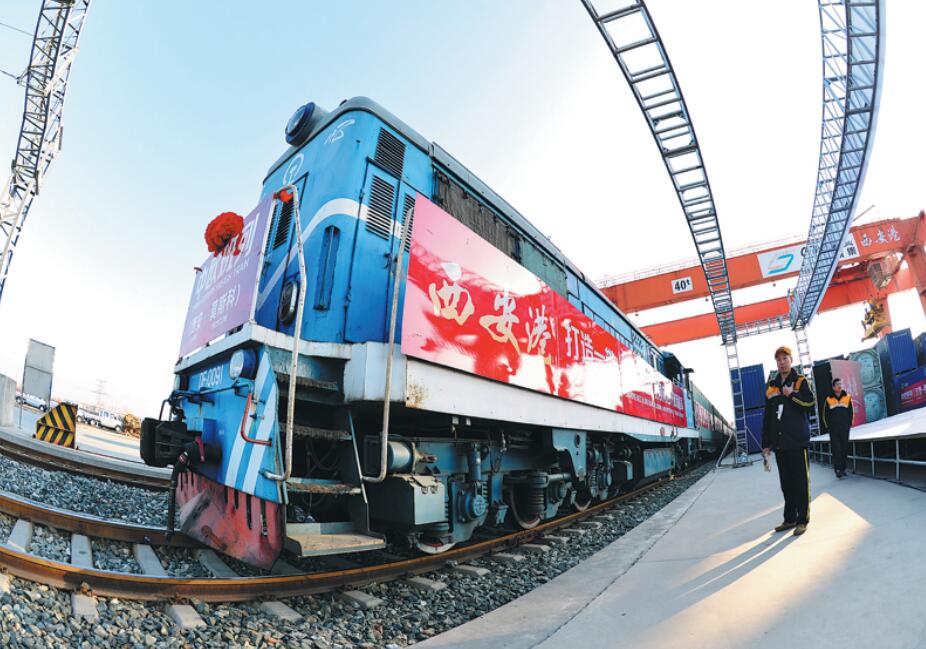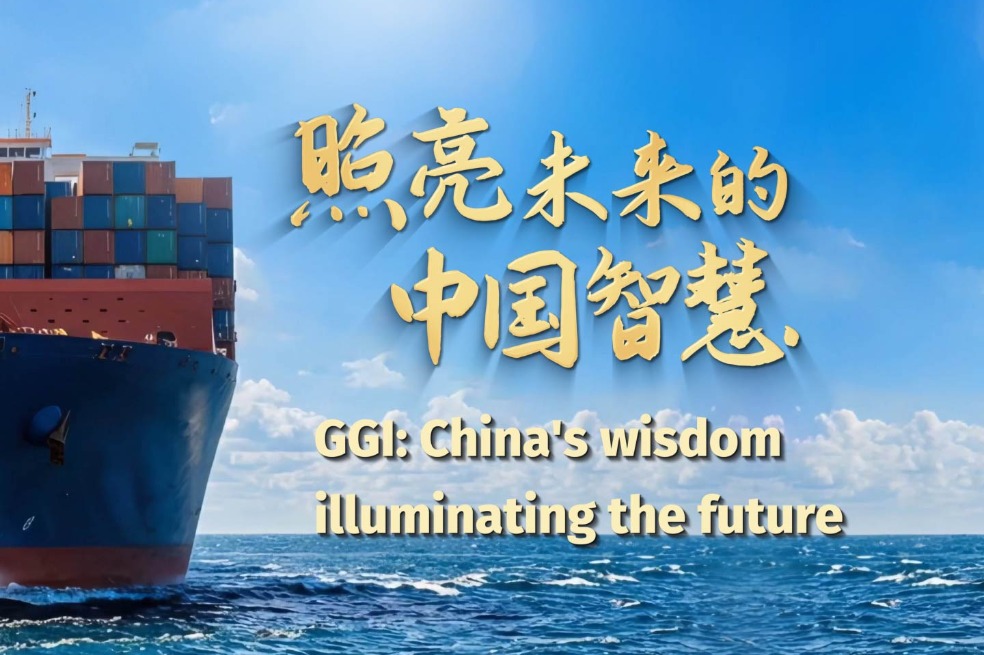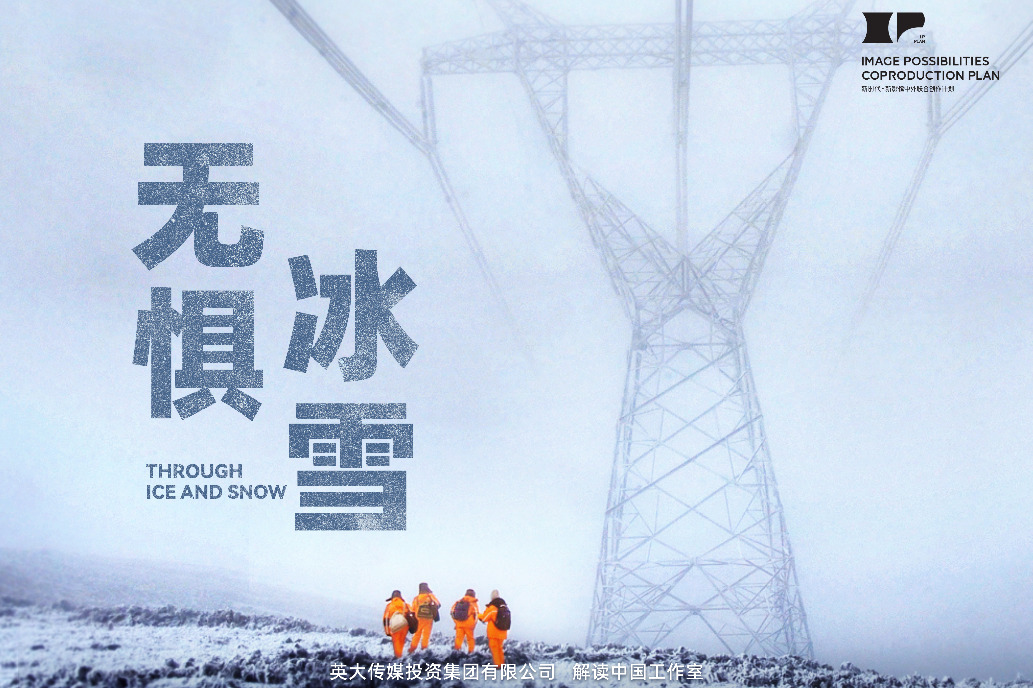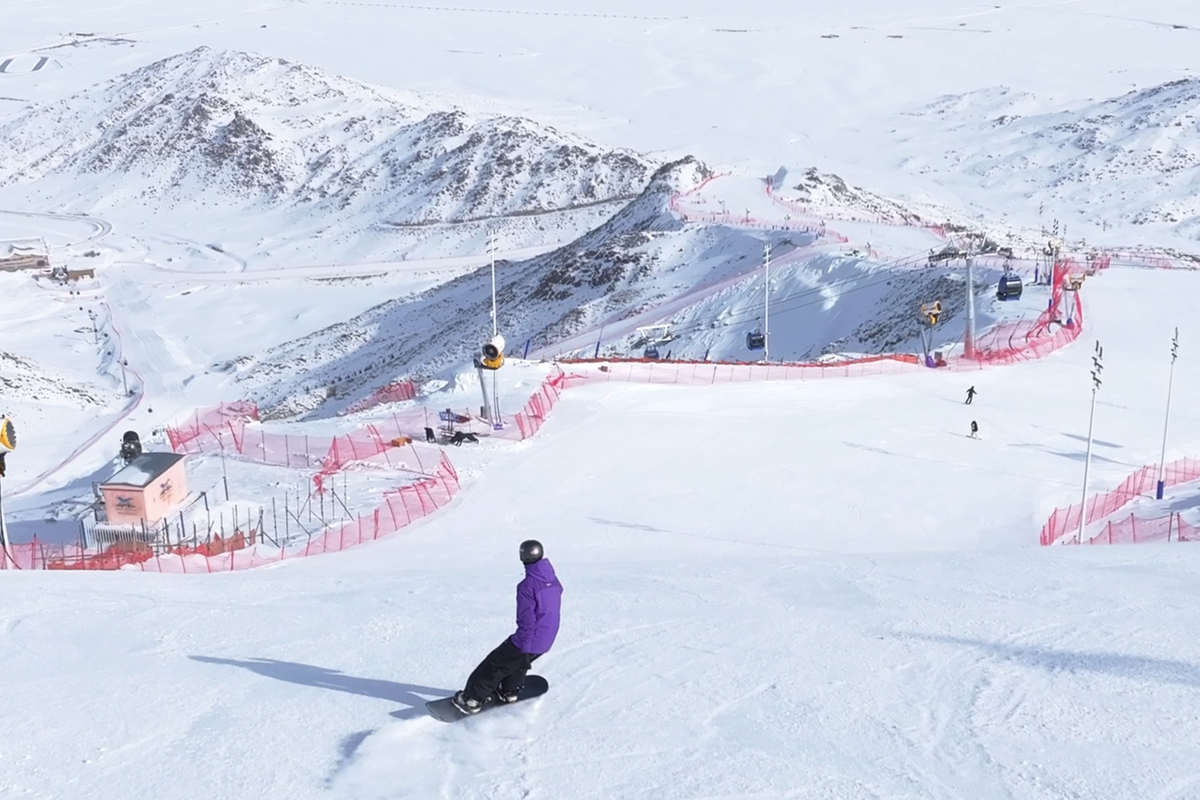Belt and Road delivering new meaning in the new world reality


This year the Belt and Road Initiative celebrates its fifth-year anniversary since its announcement in 2013 by China’s President Xi Jinping. Even though the last of the ongoing projects under the initiative is not expected to be reached before at least the year 2050, the first five years gave a good impetus and some results have been reaped.
The Belt and Road was announced in November 2013 and consists of two initiatives: Silk Road Economic Belt and the 21st Century Maritime Silk Road Initiative, which are referred to as the Belt and Road Initiative. It includes six trade corridors, encompasses about 70 countries in Central Asia, South Asia, ASEAN, Central and Eastern Europe and Africa, covers two-thirds of the world’s population and includes building infrastructure, strengthening regional cooperation, trade, a financial component, people-to-people exchanges, cultural ties and other aspects. The aim is improving connectivity between China and its trading partners, boosting the flow of trade products and services among the countries participating in the Belt and Road, improving local economies, promoting tourism and education, and increasing living standards.
In terms of its scale, the Belt and Road can be viewed as the most ambitious geo-economical and geopolitical initiative in recent history. In May 2017, Beijing hosted The Belt and Road Summit, which gathered leaders and delegates from more than 130 countries and proved a growing interest not only from countries already involved in the initiative, but also from those that showed skepticism at the beginning, like India and some countries in Western Europe.
The initiative was announced five years ago, and since then the global scene has changed dramatically. Currently, we are witnessing a new world order emerging, and global society and countries’ leaders have to deal with new challenges, like trade wars, economic sanctions and increased terrorist activities. Under the new circumstances, the Belt and Road Initiative gains new meaning and the voice of globalization sounds more prominently in new realms where China occupies a position of a stabilizer and advocates for the common future and common prosperity in the world. While the rest of the Western countries tend to look inwards, China emphasizes connectivity and win-win cooperation.
To date, under the Belt and Road Initiative there exist China-launched freight train routes that not only connect Chinese cities with European capitals and cities, but also minimize the time goods are delivered. Routes are connecting Harbin with Germany’s Hamburg, Wuhan with France’s Dourges, and Chengdu to cities in the Netherlands, Germany and Poland. New cargo routes emerge and break records every year. Now direct flights connect Hangzhou with Moscow, Wuhan with London and others. Scheduled to be finished in 2018 a 2,280 meter bridge that would connect Tongjiang city in Heilongjiang province in China with a Russian city, Nizhneleninskoye, also is one of the great infrastructure projects on the way to build a China-Russia-Mongolia Economic Corridor.
With the help of the Internet Plus initiative, under the Belt and Road China intends to improve internet cooperation with its Belt and Road partners, and the framework 16+1 aims at forging ties with a diverse set of countries in Central and Eastern Europe. E-commerce cooperation also is growing. In addition, through the Belt and Road China also strengthens existing ties with reliable partners like Pakistan, where exports from China increased over the last five years.
Apart from that, the Belt and Road links national development plans and economic initiatives of other countries for the benefit of all. For example, the Belt and Road strengthens the position of the Kazakhstan-initiated and Russia-led Eurasian Economic Union as an intermediary in the economic interaction between Asia and Europe. For Russia and its Eurasian Economic Union (EAEU) partners, it is also a good way to develop regions that can benefit from economic and political cooperation. China and the Eurasian Economic Union signed an agreement on economic and trade cooperation in Kazakhstan’s capital, Astana, in mid-May this year. Cooperation within national initiatives is a good way to reduce uncertainty in international affairs.
For Russia, which now is under the pressure of economic sanctions from the Western countries and European neighbors, the Belt and Road and cooperation with China has gained new importance. A strategic and political interaction between two countries has grown over the course of five years. In a recent interview with CGTN, Russian President Vladimir Putin, who attended the Belt and Road Summit in Beijing in May 2017, emphasized that he has always been a firm supporter of the Belt and Road. In recent years, Russia’s turn to the East policy has been more than obvious. Russia is interested in the Belt and Road because of its need for modernization and long-term development. Also, the prospect of infrastructure upgrading and new investment flows, for example, attract the Russian side. Moscow’s turn to the East is an outstanding opportunity for China to build stronger ties with Russia. For now, China is Russia’s biggest trade partner and last year the total volume of trade between the two countries exceeded $80 billion. Russia and China cooperate in the energy, finance, infrastructure, science, and technology sectors. Moreover, the two countries established good ties within the Shanghai Cooperation Organization and BRICS that are also partially involved in the Belt and Road.
Besides, cooperation in tourism between the two countries is developing fast. Last year Russia issued a law according to which citizens from 18 countries can enter Russia’s Far East with e-visas, and currently, there are negotiations to introduce a visa-free policy for Chinese tourists. To attract more tourists from China and make their stay in the country more comfortable in the major cities of Russia, it is now possible to pay with Chinese payment systems like WeChat and Alipay. The image of China is at an all-time high in Russia, and the citizens of the two countries display a positive attitude towards each other.
Under new circumstances, with the trade war initiated by the US, and new taxes, China needs the new markets. The Belt and Road, together with the Shanghai Cooperation Organization, and BRICS, where China is taking a very active role, provide this opportunity. The Belt and Road has promoted a new way to tackle the anti-globalization trend and uses economic power as an instrument to access new markets to extend China’s trade and technology.
The author is a senior blogger with China Daily.
The opinions expressed here are those of the writer and do not represent the views of China Daily and China Daily website.


































